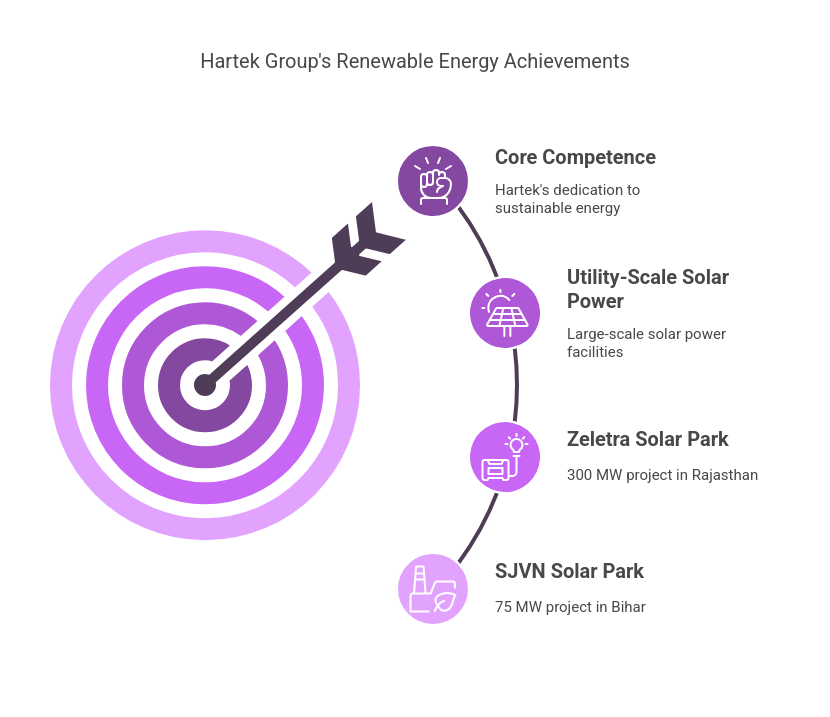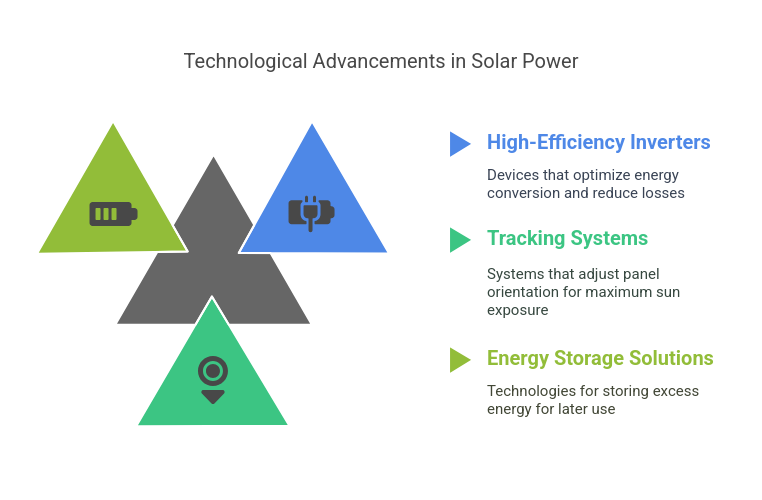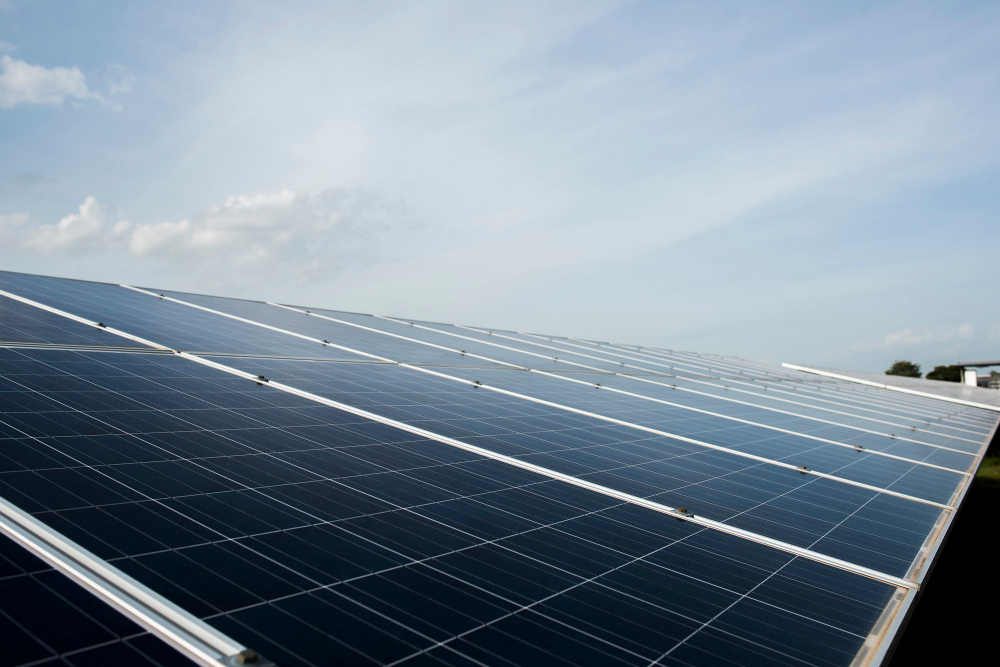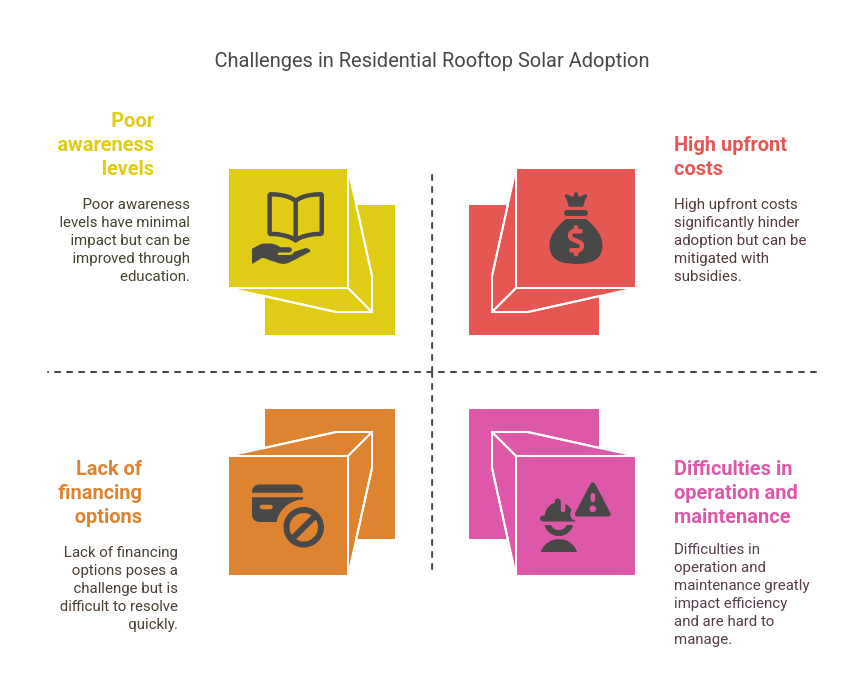Hartek Group has made waves in India’s renewable energy landscape with its remarkable achievement of linking 10 gigawatts (GW) of solar electricity directly to the grid. This momentous achievement not only cements Hartek Group as an industry leader demonstrating its unfailing dedication to harnessing the sun’s abundant energy for sustainable solutions that lead toward a bright future for their country.
Hartek Group began with a vision to harness the sun’s power to meet India’s energy demands. Thanks to constant innovation, technological advancement, and its experienced team of professionals, they have consistently produced high-quality solar projects that set new benchmarks in their respective industry – reaching a 10GW solar grid is a testament to Hartek’s expertise, commitment to sustainability, and ability to manage large-scale projects efficiently and precisely.
A Decade of Dedication In Boosting Solar Connectivity
In order to deliver the best solar projects, the company has constantly invested in R&D, technical breakthroughs, and trained resources. Hartek Group has been able to complete large-scale solar EPC projects throughout the nation by focusing on innovation and efficiency, helping India meet its renewable energy ambitions.
Key Achievements and Milestones
Hartek Group’s portfolio includes a wide variety of Renewable projects that demonstrate its competence and dedication to sustainable energy solutions.
Utility-Scale Solar Power Plant
Hartek has played a vital role in the construction of large-scale solar connectivity power facilities across India. Some of its noteworthy initiatives are:
- Zelestra Solar Park: This 300 MW project in Rajasthan demonstrates Hartek’s capacity to execute large-scale projects effectively.
- SJVN Solar Park, Jamui: This 75 MW solar power complex in Bihar currently under construction will contribute to India’s renewable energy targets.

Rooftop solar installations
Hartek has also been at the forefront of rooftop solar systems, allowing commercial properties to use solar energy to meet their energy requirements. We have installed over 200 MWp of rooftop solar across India. The organization has completed a number of projects across India, including:
- Commercial & Industrial Buildings: Hartek has worked with companies to adopt rooftop solar systems, lowering operating costs and improving their sustainability profile.
- Educational Institutions: The firm has installed solar systems in schools and colleges to promote renewable energy education while lowering energy expenses.
Grid Integration Expertise
Hartek’s extensive knowledge in smart grid power system integration has been critical in ensuring the smooth integration of solar electricity with existing energy infrastructure. Hartek has developed grid solar infrastructure up to 765 KV. The firm has used modern technology and solutions to:
- Improve grid stability: Hartek has implemented methods to guarantee that solar electricity is absorbed into the system without generating any fluctuations or disturbances.
- Improve grid reliability: To ensure the grid’s dependability, the business built fault detection and protection technologies.
- Hartek has devised techniques to optimize the flow of solar electricity into the grid solar, resulting in the more effective use of renewable energy.
Technological advancements
Hartek has used cutting-edge technology to improve the efficiency and cost-effectiveness of its solar power installations. These advances include:
Hartek has adopted high-efficiency solar inverters to maximize energy production while minimizing losses.
- Tracking systems: The business has used innovative tracking systems to guarantee that solar panels are constantly orientated towards the sun for maximum energy output.
- Energy storage solutions: Hartek has investigated energy storage technologies, such as battery systems, to store extra solar power for use during times of poor solar production.

Hartek Solar Grid Connectivity in India
Hartek Group, India’s premier solar solution provider, has long been at the forefront of increasing solar grid connectivity in India. Their strong focus on renewable energy makes Hartek an instrumental force behind building India’s solar power infrastructure.
Hartek Solar Projects is an expert at designing, engineering, procuring, and constructing grid-connected solar PV systems. Hartek has successfully connected numerous projects to the grid for efficient transmission of clean energy to the masses. Hartek ensures seamless integration of solar power into grid infrastructure while adhering to all technical standards and regulatory requirements.
Hartek has made significant strides toward India’s renewable energy goals with its innovative solutions and cutting-edge technologies. It provides a Grid-connected system for solar projects to facilitate the transition towards a sustainable energy ecosystem. Our dedication to quality and reliability has earned them trust within the solar industry while driving the expansion of clean energy infrastructure within India.
A Brighter Future
The completion of 10GW solar grid connection demonstrates Hartek’s commitment to renewable energy and capabilities to carry out difficult projects on a large scale. This milestone is a key step towards India’s aim of generating 175 GW of renewable energy capacity by 2022. Hartek’s contribution to this ambitious goal demonstrates its experience, creativity, and dedication to a sustainable future.
Hartek group is well-positioned to shape India’s energy landscape as it expands its operations and explores new prospects in the renewable energy industry. Hartek is dedicated to empowering future generations by harnessing its knowledge, skills, and technical developments of solar connectivity.
FAQ’s:-
1. What is the significance of Hartek Group’s 10GW solar grid connection?
Hartek Group’s 10GW solar grid connection marks a major milestone in India’s renewable energy sector, boosting sustainable power generation and grid efficiency.
2. How did Hartek achieve 10GW solar grid connectivity?
Hartek achieved this by investing in R&D, using advanced solar inverters, tracking systems, and energy storage solutions for efficient grid integration.
3. What are the key projects contributing to Hartek’s 10GW solar grid?
Major projects include the Zeletra Solar Park (300 MW) in Rajasthan and the SJVN Solar Park (75 MW) in Bihar, boosting India’s solar capacity.
4. How does Hartek’s grid connectivity benefit India’s power infrastructure?
It enhances grid stability, reliability, and energy distribution efficiency, supporting India’s renewable energy goals and reducing carbon emissions.
5. What future plans does Hartek have for solar grid connectivity?
Hartek aims to expand its solar projects, integrate more energy storage solutions, and contribute to India’s renewable energy targets beyond 10GW.




